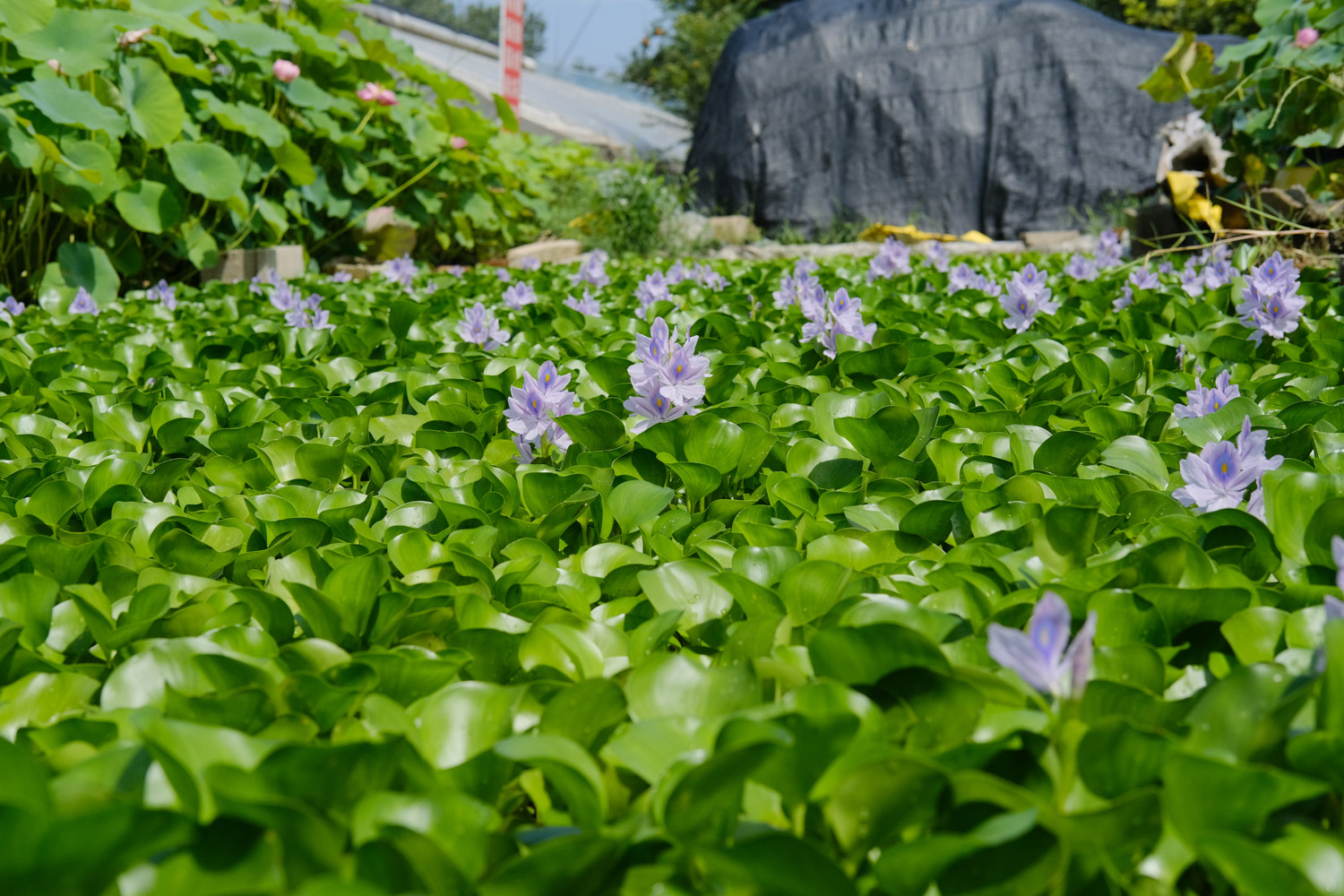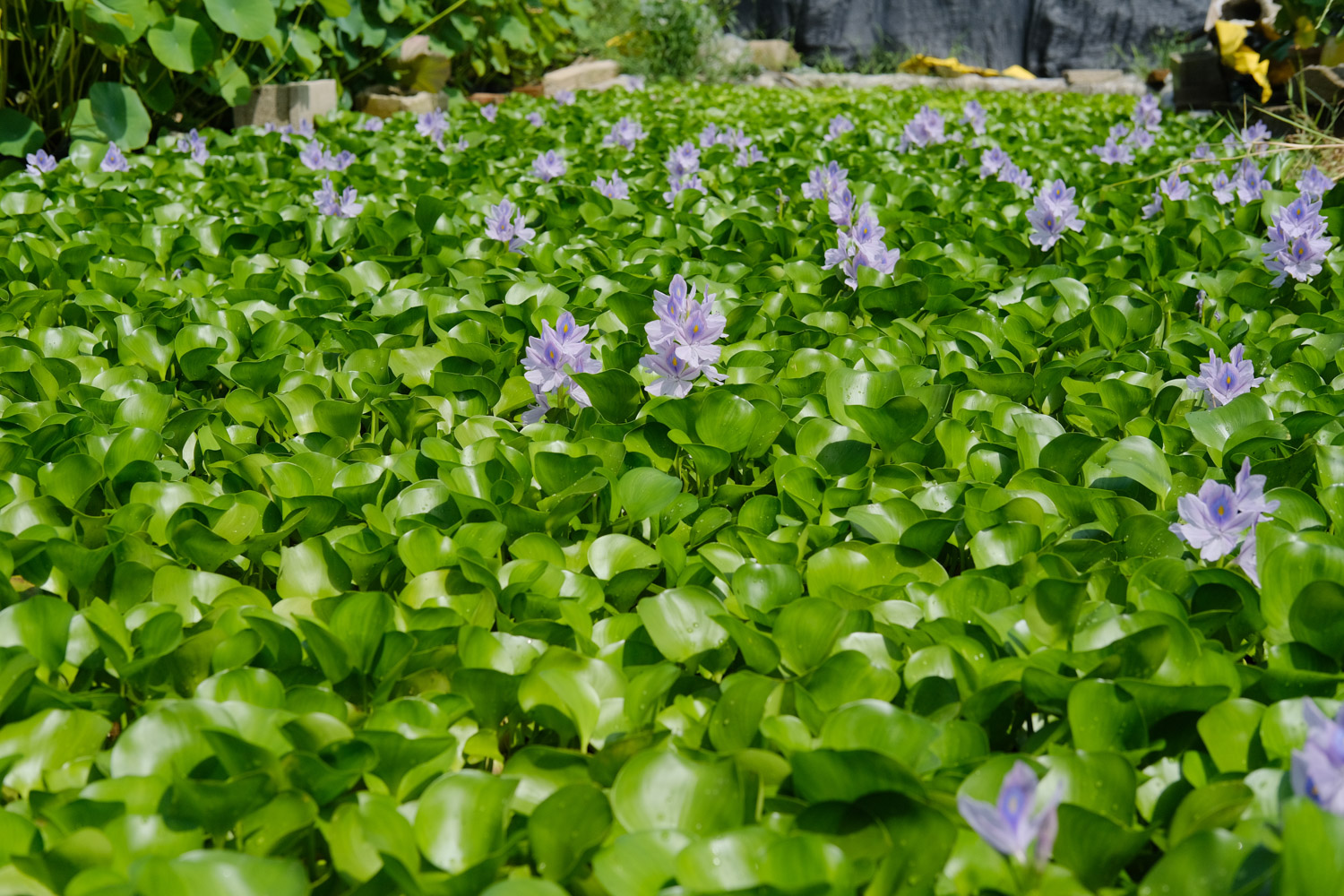Breeding mode of phoenix eye blue
Phoenix eye blue has strong asexual reproduction ability. The creepers growing from axillary buds not only form new plants, but also the creepers of the mother plant and the new plant are very crisp and tender. After being broken, they can become new plants
After the mother plant germinated in mid spring, it grew to 6-8 leaves and began to germinate the next generation of new seedlings. First, the seedling grows two leaves, and then the taproot grows. With the increase of leaves, the taproot grows and extends to the water surface of the mother plant without affecting the growth of the mother plant. The stronger mother plant can tiller 4-5 new seedlings at a time, so it propagates very fast
The propagation of phoenix eye blue is mainly ramet propagation, which is generally carried out in spring. Cut the transverse stolon into several sections or cut off several axillary buds with roots, and then put it into water to survive naturally. Ramet propagation can be carried out easily, and the propagation coefficient is relatively high
The sowing method is not particularly suitable for crested eye blue, because the seed germination ability of crested eye blue is relatively poor and needs to be propagated after special treatment. Generally, the sowing method is not commonly used to propagate crested eye blue

Management after reproduction of Eichhornia crassipes
Crested eye blue grows in shallow and fertile ponds. It is alkaline resistant and still grows normally at pH 9. Disease resistance is also strong, extremely fertilizer resistant, good colony, and the water depth is about 30 cm
The suitable temperature for the growth of phoenix eye blue is 15 ℃ to 30 ℃. If it is lower than 10 ℃, it will stop growing, and 39 ℃ will inhibit the growth of phoenix eye blue. It is usually planted in shallow water or potted
Because the cold resistance of phoenix eye blue is relatively poor, it is easy to wither outdoors in late autumn, so it should be protected before frost, transferred to cold room water for maintenance, and put into the pool the next year
Potted phoenix eye blue should make its roots a little deeper into the soil, and regularly and quantitatively supplement organic fertilizer during the growth period to provide sufficient light, which can make the growth of phoenix eye blue strong and blossom more and more


 how many times do yo...
how many times do yo... how many planted tre...
how many planted tre... how many pine trees ...
how many pine trees ... how many pecan trees...
how many pecan trees... how many plants comp...
how many plants comp... how many plants can ...
how many plants can ... how many plants and ...
how many plants and ... how many pepper plan...
how many pepper plan...
































